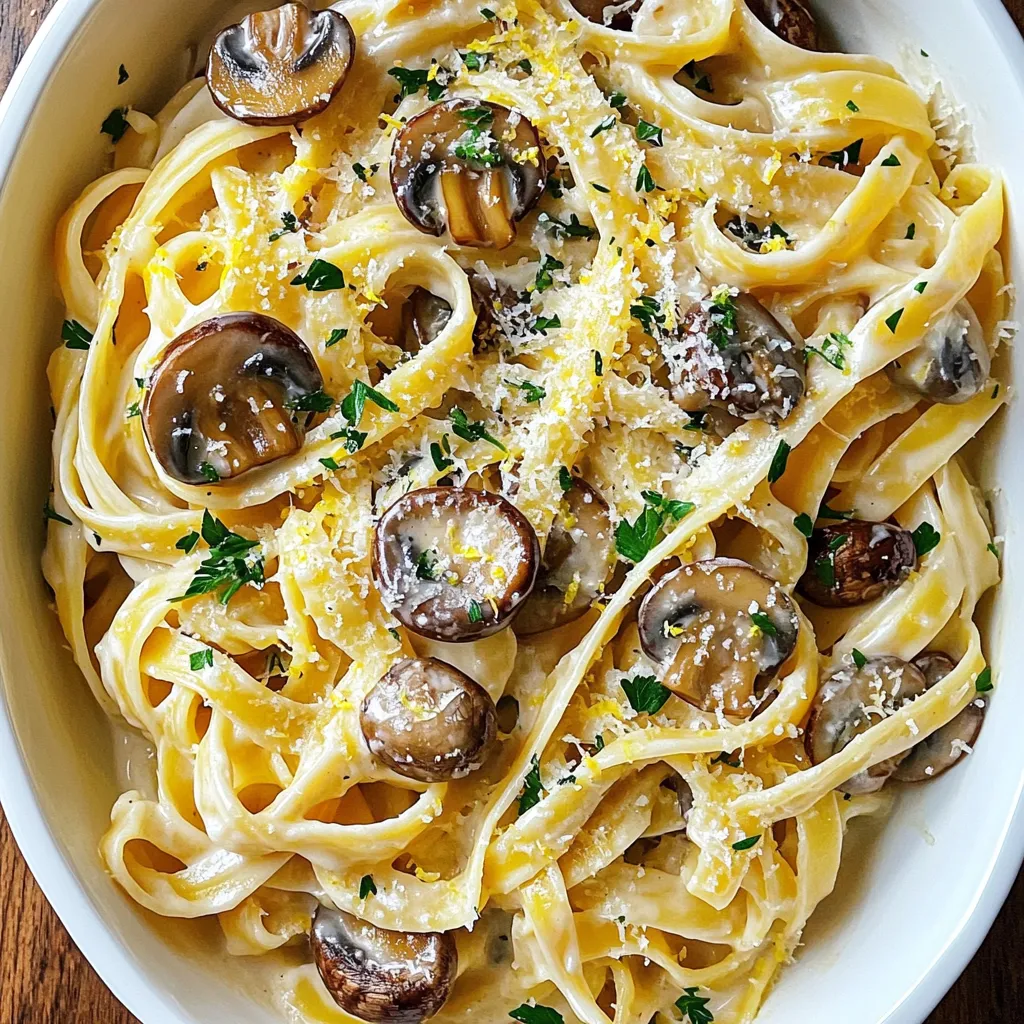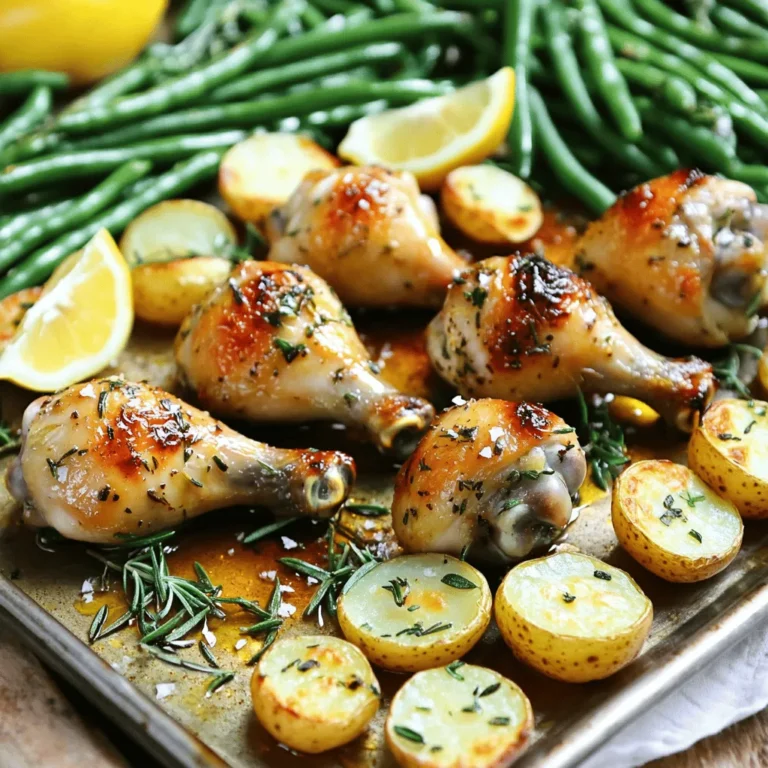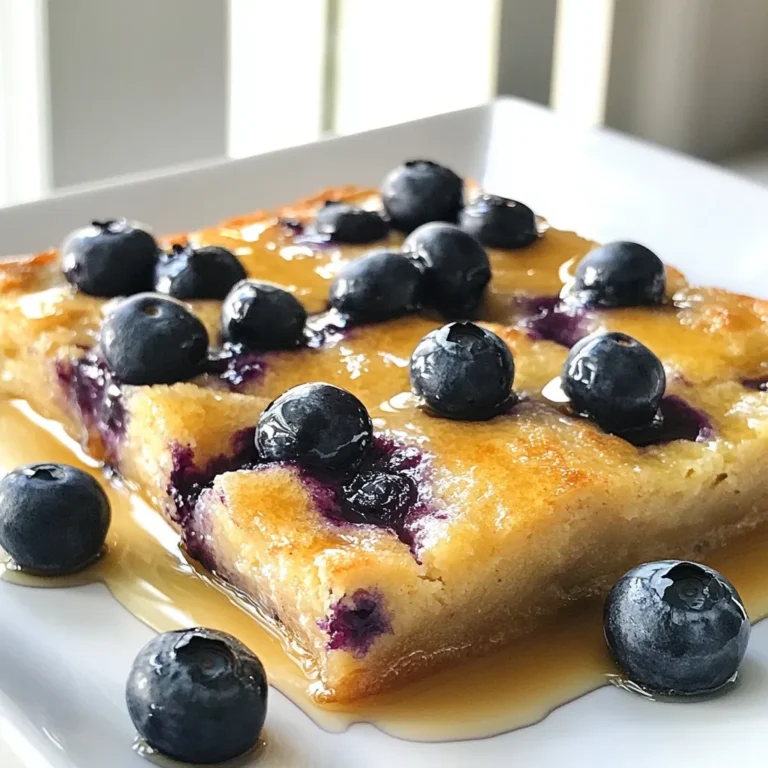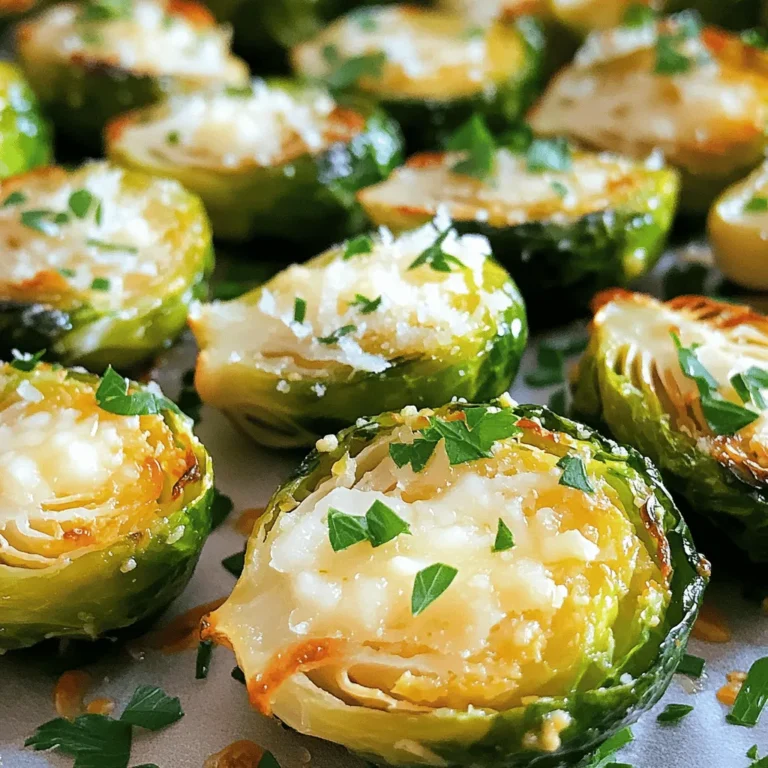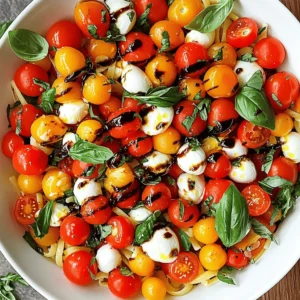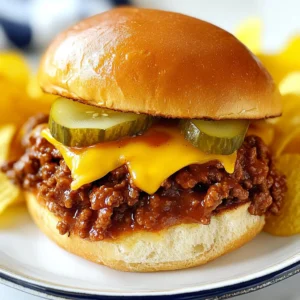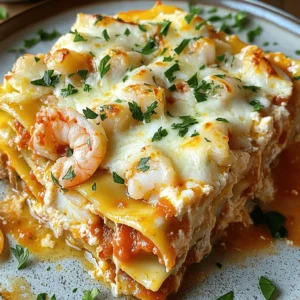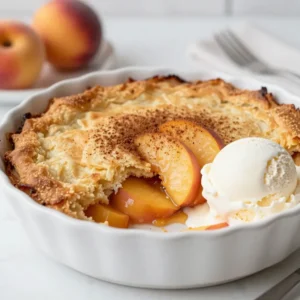Latest & Greatest

Almond Poppy Seed Muffins Bakery Delightful Recipe
Welcome to the delightful world of Almond Poppy Seed Muffins! If you crave a tasty treat that’s easy to make,
Read more…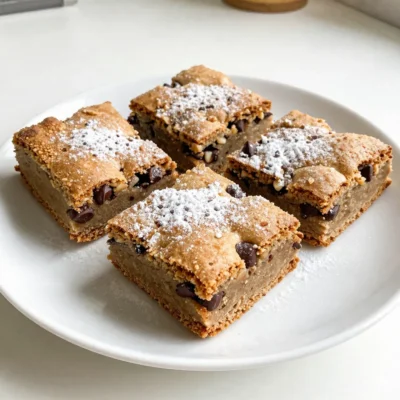
Brown Butter Blondies Simple and Sweet Delight
Are you ready to sweeten your day with a treat that’s simple and rich? Brown butter blondies bring a delightful
Read more…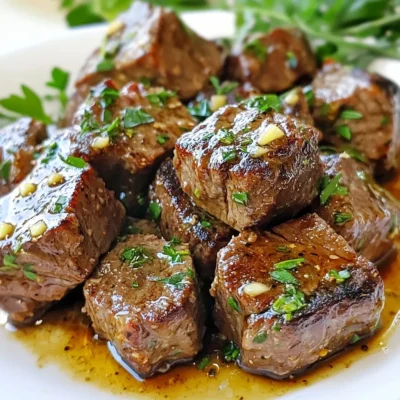
Savory Garlic Butter Steak Bites Quick and Easy Recipe
Are you ready to impress your taste buds? This quick and easy recipe for Garlic Butter Steak Bites will do
Read more…
No-Bake Chocolate Pumpkin Oat Balls Healthy Treat
Looking for a quick and healthy snack? You’ll love my No-Bake Chocolate Pumpkin Oat Balls! These delicious bites are packed
Read more…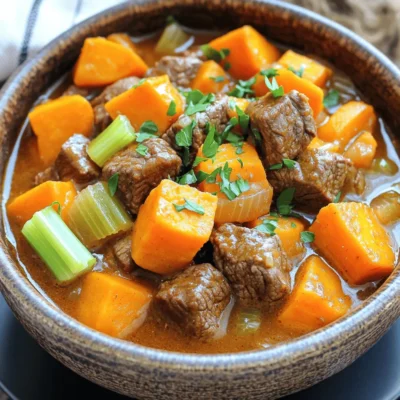
Slow Cooker Beef and Sweet Potato Stew Flavor Boost
Are you ready to dive into a warm, hearty bowl of Slow Cooker Beef and Sweet Potato Stew? This dish
Read more…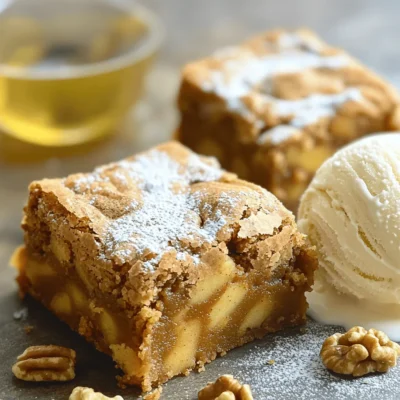
Warm Spiced Apple Butter Blondies Simple and Sweet Treat
If you’re looking for a warm, sweet treat that combines cozy spices with a rich apple flavor, you’re in the
Read more…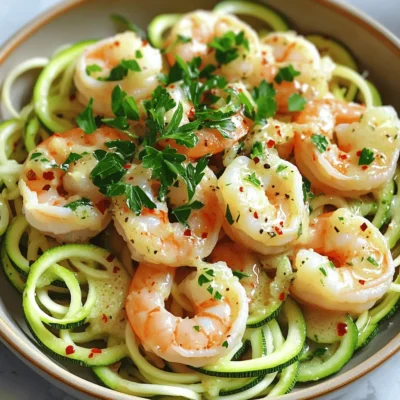
Savory Sheet-Pan Garlic Butter Shrimp and Zoodles Recipe
Looking for a quick, delicious dinner? This Savory Sheet-Pan Garlic Butter Shrimp and Zoodles recipe is your answer! In just
Read more…
Apple Cranberry Brie Puff Pastry Bites Delight
Get ready to impress your friends and family with these delicious Apple Cranberry Brie Puff Pastry Bites! They’re easy to
Read more…browse recipes
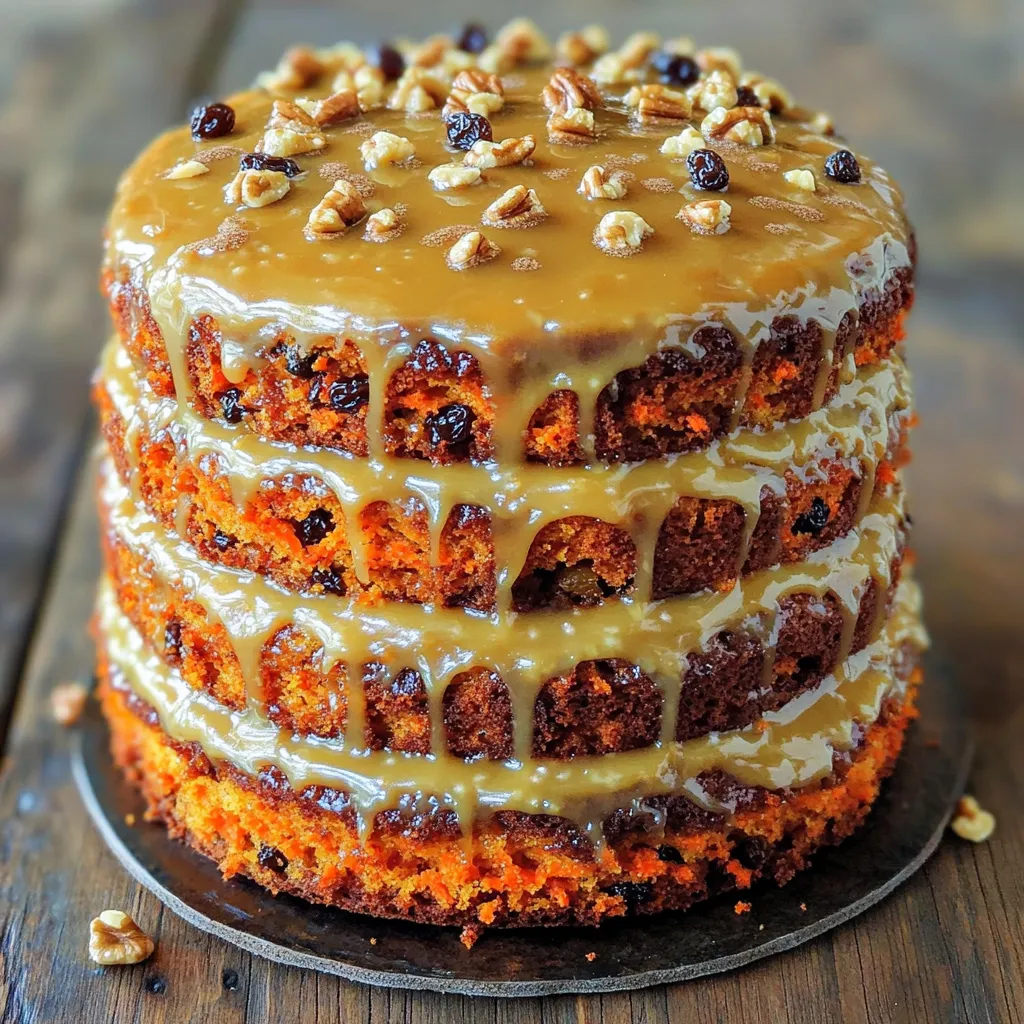
Maple Glazed Carrot Cake Delightful and Moist Treat
Indulging in a slice of Maple Glazed Carrot Cake is a treat like no other. Its rich flavors and delightful moisture create the perfect…
My Latest Desserts
My Latest Recipes
hey,
i’m !
I’m so happy you’re here!
I’m not just sharing recipes I’m sharing a piece of my heart. I hope these dishes bring you comfort, joy, and maybe even a new favorite.
Creamy Garlic Mushroom Pasta Rich and Flavorful Dish
Are you ready to dive into a plate of pure comfort? My Creamy Garlic Mushroom Pasta is a rich and flavorful dish that promises…
